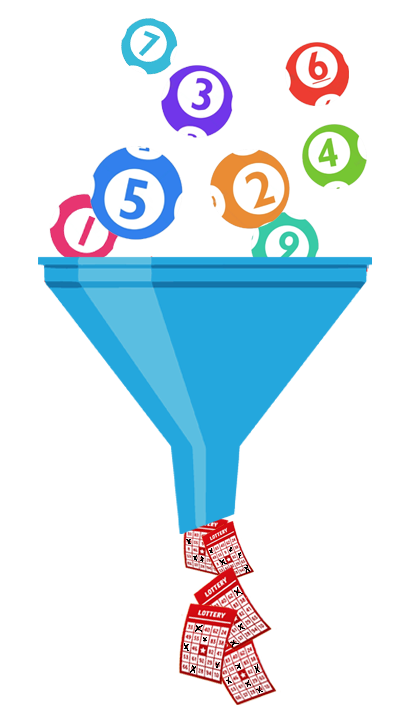Numbers in Powerball have no memory, but that doesn't mean you can't use statistics.
Hot and Cold Numbers
'Hot' numbers are those that have been drawn frequently in recent draws, while 'cold' numbers are the ones that haven't been drawn for a while. 'Overdue' numbers, on the other hand, are those that have not shown up for longer than statistically expected.
There are several methods to leverage these statistics. For instance, some players prefer to bet on hot numbers, believing that their frequency signifies a higher chance of re-appearance. Others believe in the law of averages and wager on cold or overdue numbers, assuming they're 'due' to appear soon.
Couples
Another statistical tool to consider is the analysis of number pairs or 'couples'. These are pairs of numbers that have frequently been drawn together. While past performance does not guarantee future results, these patterns can provide interesting options for number selection. Similarly, you can consider number 'triplets' or 'quartets' that have historically been drawn together.
Gap Analysis
An additional tool in statistical analysis for lotteries is the concept of a 'gap' or 'skip'. This refers to the number of draws between when a specific number is drawn. For instance, if the number 20 was drawn in one game, and then not drawn again for ten more games, the gap for the number 20 would be ten.
By analyzing these gaps, you can identify numbers that might be due to appear based on their historical averages. For example, if the average gap for a specific number is seven, and it's now been nine draws since it last appeared, some might consider this a favorable gap, and expect the number to be drawn soon. This is based on the idea that the number's performance should revert to its average over time.
There are even more advanced strategies that consider 'gap distribution'. This refers to looking at how the gaps for a specific number are spread out. If a number tends to alternate between short and long gaps, that pattern might influence when you choose to play it.
However, you should bear in mind that each Powerball draw is an independent event. While statistical analysis can be fun and potentially guide your number selection, all numbers in the pool have an equal chance of being drawn in any given draw



